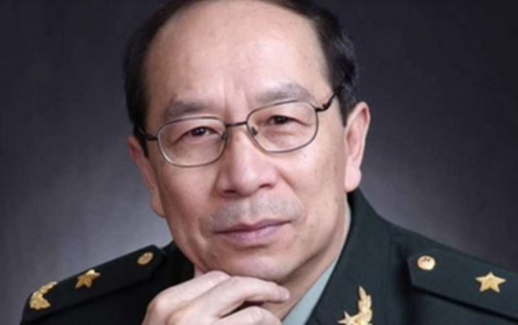The People’s Republic of China in 2020 created a pretext for spying, influencing, and shaping global innovation hubs by initiating an annual Global Innovation Hubs Index (GIHI) ratings report through Tsinghua University’s Center for Industrial Development and Environmental Governance (CIDEG), joining its effort to the Nature Research brand by purchasing an article on Nature.com.
To set criteria for ranking the development of global innovation hubs including those in the United States requires gathering information about innovation hubs that wish to be rated in cities across the world. Think US News and World Report ranking universities in the United States: who does not want in to showcase their university efforts in the rankings? The same principle is at work with the GIHI.
Indeed, Nature had been a western journal extending scientific publication to scientists across the world. Nature’s history states that China and Russia became contributors to and markets for Nature in 1988: “In 1988, an agreement was reached with China’s national science and technology agency, which had previously supported the piracy of Nature in the country, to publish an English-language edition in China. The same year saw a deal hatched with Yuri Kanin, then chief science commentator for the Russian Novosti Press Agency, which would see three Soviet scientists contributing to one substantial article every two weeks (four articles were sent in the first week, much to Maddox’s embarrassment).”
Yet consider U.S. Army counterintelligence Colonel Stewart A. Herrington’s account in 1999 of the feelings among his colleagues regarding the fall of the Berlin Wall and liberalization of the Soviet Union:
“Some harbored suspicions that it was all a gigantic ruse. After all, they pointed out, had not Lenin warned that one day the communists would mount a great “peace offensive” and lure the gullible West to its doom?” (Stuart A. Herrington, Traitors Among Us, Harcourt, Presidio et al p. xiv)
And Herrington added this quotation, colder now in hindsight:
“When Soviet foreign ministers Shevardnadze announced with a puckish grin in 1988, ‘We are going to do something that will really hurt you: we are going to remove ‘the threat,’ his words contained greater wisdom than he could have known.” (Herrington, p. xiv)
With China and Russia increasingly working together today, this puts in new perspective (1) the deceptive western charm offensive of Jiang Zemin within the decade after the fall of the USSR while forming up the Shanghai Cooperation Organization; (2) Putin’s early position as External Relations representative for St. Petersburg, Russia as sister city to Shanghai China, and (3) the U.S. military’s demonstration of military prowess in the Gulf War as likely forming-up the early structure for today’s reassertion of dictatorial imperial Chinese and Russian power in Europe, Asia, the Arctic, the Oceans, Latin America, the Middle East, and Africa.
The innovation hub rankings effort, taken together with China’s leadership over WIPO, the United Nations’ World Intellectual Property Organization, sets up a potent global lunge by Beijing for control over intellectual property from the ground-up.
It is a strong likelihood if not a certainty that Beijing, Russia, and other sub-alpha autocracies have had a presence at, in, and near innovation hubs and relatively open innovation conferences during years when the two were not considered the threat they have proven to be today, including innovation hubs in the United States under various auspices and statuses.
The idea for China is to identify, follow, reverse engineer, copy, hack, update, and establish future capabilities and information from inventors across the world showcasing their work and research at innovation conferences and expos before it is ever classified. Take this quote from the CIDEG ‘article’ at Nature giving ‘guidance’ for innovation hub cities and venues that want to rank higher in the GIHI:
It is no coincidence that GIHI sees wide openness to Chinese sovereign direct investment and collaboration as essential for innovation hubs to rank high in harmony with the People’s Republic of China, the People’s Liberation Army, and Ministries of Public Security, State Security, Commerce, Science and Technology, and Ecology and Environment.
Finally, neither is it likely that innovation hub spying is limited only to thriving, big-city hubs. PRC inveiglement and bold, open insertion of its agents and assets into innovation communities in the USA and globally will continue. Startups need cash to thrive and Beijing has cash to leverage direct or indirect influence over them. Where cash does not work, Beijing has other methods, such as funding its small companies that hire its expats to hack and spy on foreign small businesses located in and near innovation hubs abroad.

